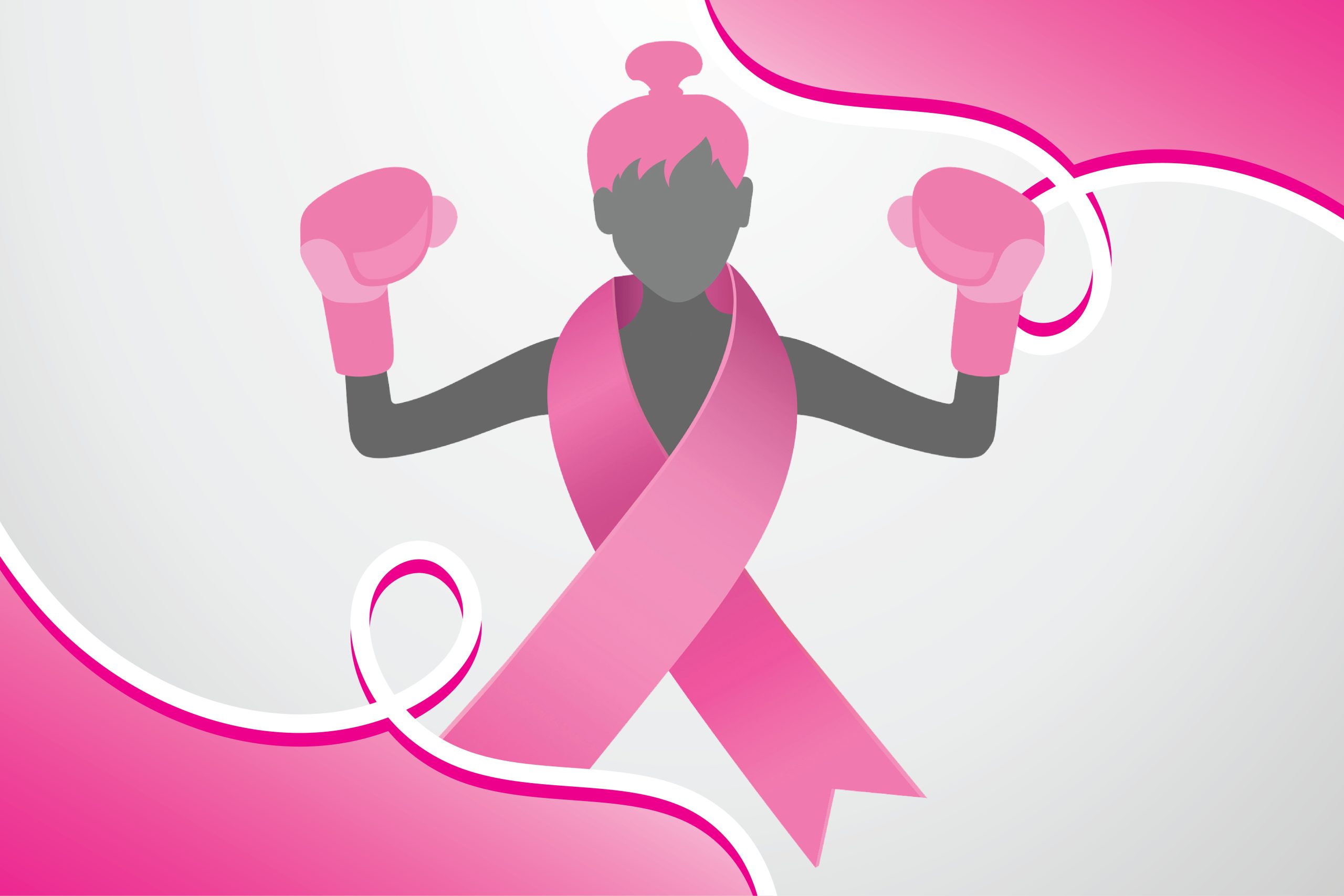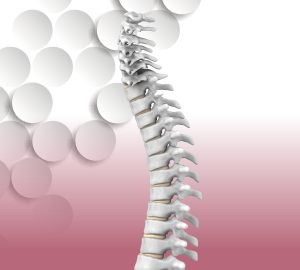October brings with it the reds, yellows and oranges of autumn, but it’s also a time to think pink for Breast Cancer Awareness Month. One in eight women will be diagnosed with the disease, meaning you’ll likely know someone touched by it—whether it’s through a friend or relative. Knowing the risk factors and proper screening can help detect the disease earlier, leading to more successful treatment and better outcomes.
types of breast cancer
- Ductal carcinoma in situ: This is a noninvasive or pre-invasive form of breast cancer. Carcinoma refers to tumors that form in the epithelial cells of organs and tissue. Tumors that form in the breast are more specifically referred to as adenocarcinoma, meaning they start in the milk ducts or the lobules, glands that make milk. In situ refers to cancer that has not spread from the duct to surrounding breast tissue.
- Invasive ductal carcinoma: This term refers to cancer that has spread to surrounding breast tissue. According to the American Cancer Society, around 70% to 80% of breast cancers are invasive ductal carcinoma. Some invasive forms of cancer have different characteristics or develop differently. These are often more rare but can be more serious as well.
- Triple negative breast cancer: Accounting for around 15% of all breast cancers, this aggressive form gets its name because the cancer cells don’t have estrogen or progesterone receptors and don’t make the protein HER2, so they test negative for all three of these proteins. Triple negative breast cancer tends to spread faster and has fewer treatment options.
- Inflammatory breast cancer: In this aggressive form of invasive breast cancer, cancer cells block lymph vessels in the skin. This causes the breast to look inflamed. It is a rarer type of cancer, accounting for between 1% and 5% of cases.
causes & risk factors
The cause of breast cancer is unknown; however, there are known risk factors. Some of these factors cannot be changed, such as being born female, getting older, race and ethnicity, family history and certain gene mutations. There also are lifestyle factors associated with a greater risk of developing breast cancer that can be modified. These include:
- Drinking alcohol: Alcohol increases the risk of breast cancer, even when consumed in small amounts. The American Cancer Society says it’s best not to drink at all, but those who choose to, should limit themselves to one drink a day, meaning 12 ounces of beer, five ounces of wine, or one and a half ounces of hard liquor.
- Being overweight: Weight gain is associated with a higher risk of breast cancer, especially in women who have experienced menopause.
- Staying active: Studies have shown that regular moderate to vigorous activity can lower breast cancer risk. The American Cancer Society recommends adults get 150 to 300 minutes of moderate activity or 75 to 150 minutes of vigorous activity a week.
- Using birth control: Some studies have shown that birth control methods that use hormones may increase breast cancer risk. For oral contraceptives’, there is slightly higher risk, but it goes back to normal within 10 years of stopping usage.
screening recommendations
The most reliable way to detect breast cancer early is regular screening. The age you should begin annual mammograms depends on your risk for developing the disease—risk factors include family history, race and lifestyle factors, such as drinking, weight and not having children. Siteman Cancer Center recommends that women receive a formal breast cancer risk assessment at age 25.
If your risk is determined to be average, screening recommendations are:
- Between ages 25-40: Have a clinical breast exam every one to three years. Also, practice “breast awareness,” meaning you are familiar with your breasts so that you can recognize any changes.
- Age 40 and older: Begin yearly mammograms and annual clinical breast exams. Women should continue screening as long as they are in good health and expected to live at least 10 more years.
There are three common types of imaging done to detect breast cancer.
- Mammogram: This is a low dose x-ray of the breast that can detect changes years before physical symptoms develop.
- Breast MRI: The process uses radio waves and strong magnets to make detailed images of the inside of the breast. For certain high-risk patients, an annual MRI is recommended alongside a mammogram. While it can detect more cancers than a mammogram, it also is more likely to result in a false positive.
- Breast Ultrasound: These images are formed using sound waves and their echoes. It is not typically used for routine screening, but it can be used to look at lumps that can be felt but not seen on a mammogram. Unlike a mammogram, it can differentiate between solid masses and cysts or other fluid-filled masses, which are unlikely to be cancerous. It also is useful for screening women with dense breast tissue.
breast cancer by the numbers
- In 2023, an estimated 297,790 new cases of invasive breast cancer will be diagnosed in women.
- Breast cancer is the 2nd leading cause of death in women.
- An estimated 43,700 women will die from breast cancer in 2023.
- In 2020, there were 4,913 cases of breast cancer diagnosed in women in Missouri.
- The average risk of a woman in the U.S. developing breast cancer is about 1 in 8 or 13%.
- The median age of breast cancer diagnosis is 62.
- There are more than 4 million breast cancer survivors living in the U.S.
Sources: Centers for Disease Control and Prevention, American Cancer Society, Siteman Cancer Center








